One of the biggest questions I get is about how I plan my Math Menu each week. Some people feel overwhelmed because they are daily planners, and mapping out the week seems like too much. Some people get anxious because there are so many daily issues that could arise that could mess up a weekly plan. And some people just want more information so they can best plan their math menu for their students. If any of those apply to you, or you are just interested, keep reading to see how I plan my Math Menu for each week!
Daily Planning vs. Weekly Planning
I was a daily planner. I planned day to day because I was never sure how much we would get through, and the thought of planning ahead seemed pointless and overwhelming. Have I completely changed that outlook? No. There are still some things I plan daily. But there are also some things I plan for the week. My daily lessons on new content I plan daily. But my other must do activities I plan out for the week.
Daily Planning
One thing that is consistent on every Math Menu every week is the daily “Meet with Ms. Matherson” must do. This is something I plan daily. I have big picture scope and sequences of what should be taught each day, so there is a bigger plan for the unit. On Sunday during my kids nap time, I map out my objectives for the week based on that, knowing that some things might change. On Sunday night I make my thin sliced problems and exit ticket for Monday. Then on Monday night, or Monday during my prep (if I have it), I plan out my thin sliced problems and exit ticket for Tuesday.
This is the routine that works best for me. I don’t plan ahead on these because there are so many variables. What if our lesson is cut short because of something? What if we aren’t getting it and I want to spend one more day on that objective? What if they understood better than I thought and I think we can move on? So many options. I like the flexibility of being able to change these daily for my students if needed. If you want to know more about how I create my thin sliced problems, check out this blog post.
Weekly Planning
I create my Math Menu for the week on Sunday when my kids are napping. I make sure that there are 2-3 Must Do activities each day to go along with the “Meet with Ms. Matherson” must do. Some things I consider:
-Computer vs paper: I like a healthy mix of computer and paper activities, so when I am planning I like to make sure that there is a mix
-iReady: My school requires 45 minutes of iReady a week, so I make sure that 15 minutes of iReady is on my menu as a must do activity twice a week. Then on Friday we have time for the final 15 minutes, if students haven’t already finished it
-Standards: This is the most important one. What standards do I want to hit? All of the standards are spiraled. That way, if we don’t get to something for our lesson on Monday like I expected, it will not mess up the menu. Sometimes I will put a must do on Thursday that is related to our Monday objective. I use data to help support in the decision of what I want each must do activity to focus on.
-Engagement: One of the best thing abut menus is that you can use all types of activities. I need students to be engaged because that limits distractions for when I am working with the small group.
-Feedback: I talk about this in my course, Math Menus: The Course, but I like to make sure that I am always giving feedback to students on their must do activities. So that means I need a variety of activities. Some that are self-checking, so feedback is short. Some that involve writing, so feedback is longer. And some that are in between.
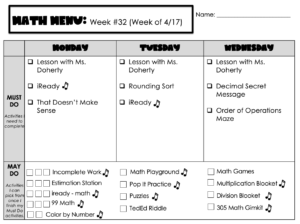
In this menu pictured, we were working on dividing fractions and whole numbers in our lessons with me (my married name is Doherty). But the Must Do activities were not necessarily about that. On Monday they did iready and worked on That Doesn’t Make Sense, which is one of my evergreen activities because it has so many benefits. This day was about ordering decimals. On Tuesday they were doing a Rounding Sort, which is hands on, and then working on iready as well. On Wednesday they were doing a Decimal Secret Message which involved all operations with decimals, and they were also working on Order of Operations Maze, which was on the computer and having them practice order of operations.
The Benefits of Planning with Math Menus
There are a lot of benefits, but the main reason is time. Math Menus allow me to plan smarter, not harder. I have so much more time now. I do not bring work home to grade or give feedback on. My daily tasks have decreased substantially. I use my prep at school to look at student work, and if I am unable to get through all of it, then I need to strategically look at the work that I put in front of students. Students are getting spiral review daily through a differentiated and engaging activity. What more could you ask for?!?!
Math Menus has changed so much in my classroom. But it has also helped me tremedously. My day to day planning is so much less than it was before. I am able to reuse activities that involve choice (like cards or dice) and increase engagement. I am able to combine long term planning, weekly planning, and daily planning in a way that sets my students up for success. If you want to learn more details about how I plan my math menus, along with everything else menu related, make sure you are on the waitlist for Math Menus: The Course.

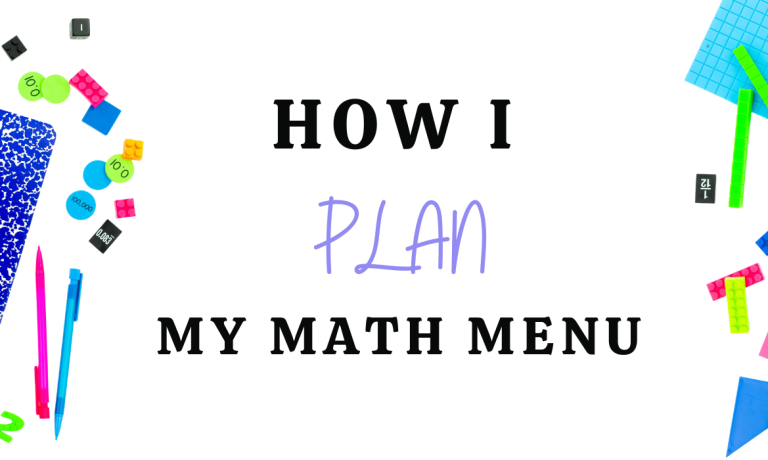

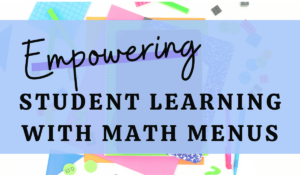
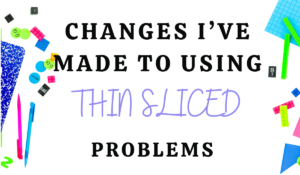
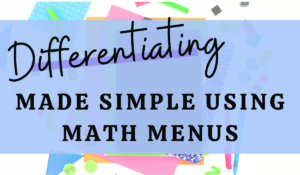
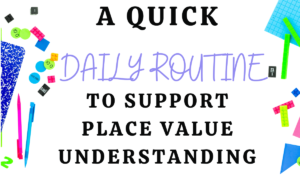
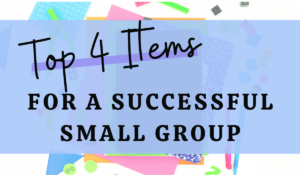

4 thoughts on “How I Plan My Math Menu”
I’d love to see your Math planning guide for the year, in part to see how long you spend on different standards. I LOVE your menu, used that idea a little last year, and am now using summer planning time to prep for major use next year!
We are switching math curriculums this year, so it is going to change a bit. As I plan, I will definitely share it!
Hi. I’m currently working on the pieces that make up the “May Do” activities for the menu I would like to begin with in class. A few quick questions. Are the blookets and the gimkit listed in your menu specific ones that you post digitally or do they just search those sites for ones to play. And lastly, what do the music notes indicate? Thank you for sharing this management/teaching strategy.
Hi! Last year I allowed students to listen to music during certain activities. The gimkits are ones that I make that the students search, but Blooket has a lot of teacher approved ones so you do not need to make them. I use the multiplication one often!